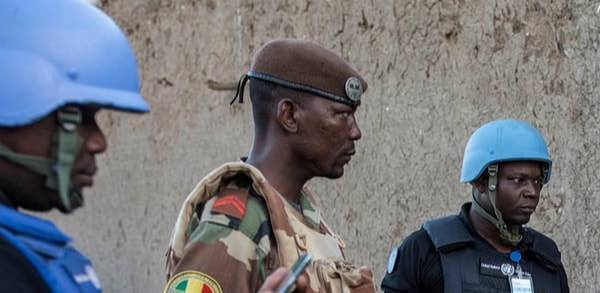
Summary: Communal disputes over local issues such as land use, cattle herding, and access to scarce resources are a leading cause of conflict around the world. Over the coming decades, climate change, forced migration, and violent extremism will exacerbate such disputes in places that are ill equipped to handle them.

Summary: Climate change poses an existential threat to the human well-being around the world. This is especially true for populations residing in fragile and conflict-affected settings. Nations emerging from or actively experiencing violent conflict make up one-third of the world’s most climate-sensitive countries and – because violent conflict frequently erodes the economic, political, and social institutions required for effective governance – one-half of the countries least prepared to engage in climate adaptation.
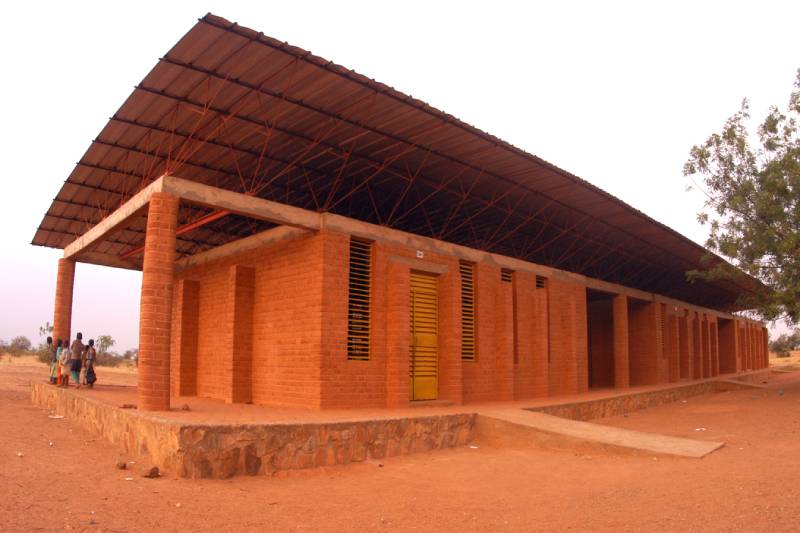
Abstract: Recent efforts to improve attitudes toward outgroups and reduce support for extremists in violent settings report mixed results. Donors and aid organizations have spent millions of dollars to amplify the voices of moderate religious figures to counter violent extremism in West Africa, the Middle East, and South Asia. Despite this investment, we know little about whether such messaging persuades the primary recruits of violent extremist organizations: at-risk youth in fragile settings. In this paper, we consider whether pro-peace religious messaging can promote social cohesion among school-age respondents in Burkina Faso. Using a survey experiment, we find little evidence that such messages affect reported attitudes or behaviors towards religious extremism and find instead that it can have the unintended effect of increasing intolerance towards ethnic others. Our findings carry lessons about the inadvertent priming of ethnic identities that can result in a backlash effect among certain societal segments.
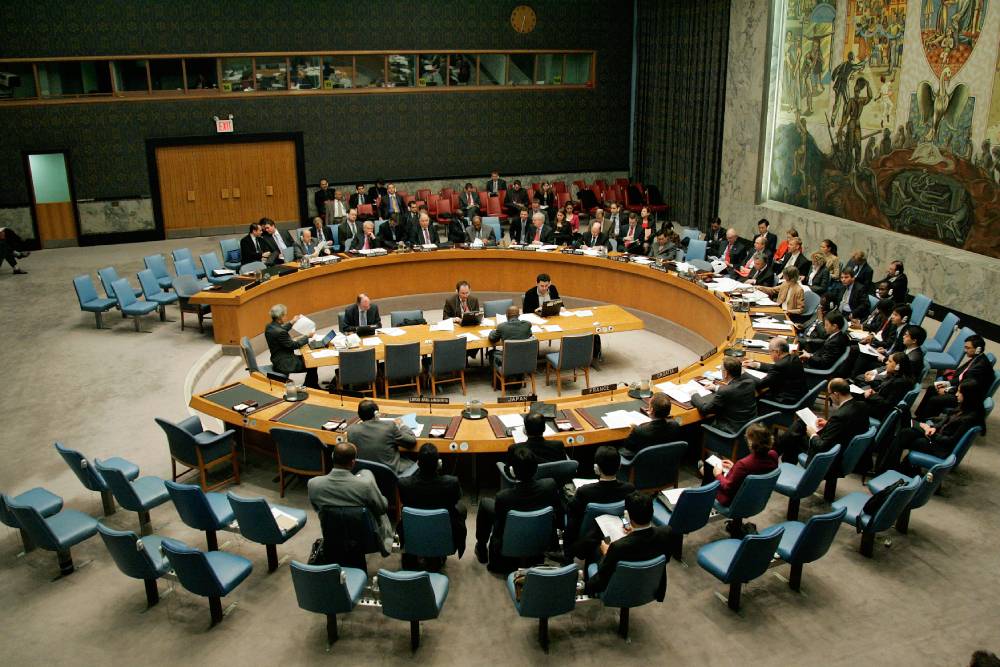
Abstract: This paper challenges theoretical and empirical arguments about peacebuilding effectiveness that put the state at the center of United Nations peace operations. The paper draws on evidence from the United Nations Stabilization Mission in Mali (MINUSMA) from 2013 to 2017. We argue that state-centric UN peacebuilding operations inadvertently incentivize local-level violence in post-conflict zones. We demonstrate that when the UN supports central governments it unintentionally empowers non-professionalized militaries, paramilitaries, and warlords to settle local scores. Armed violence against civilians in turn triggers a vicious cycle of reprisals and counter-reprisals. As an alternative to state-centric peacebuilding operations that incentivize local violence, We suggest that the UN should shift strategic resources away from central governments and toward UN policing, support of traditional and religious authorities, and the training of local security institutions.
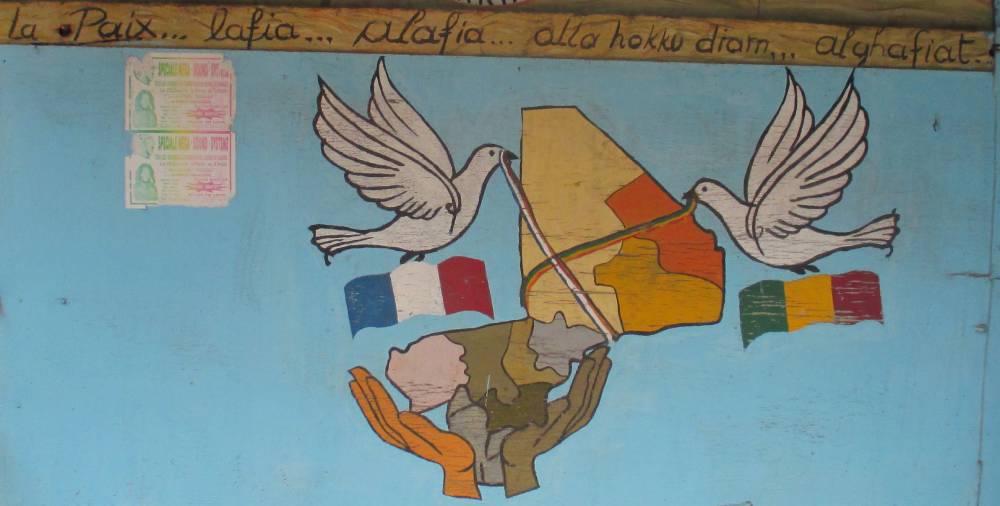
Abstract: Despite the abundance of evidence that peacekeeping works, we know little about what actually makes peacekeepers effective. Recent work suggesting that local agendas are central to modern conflicts make this omission particularly problematic. The article demonstrates that the presence of peacekeepers makes individuals more optimistic about the risks of engagement and the likelihood that members of out-groups will reciprocate cooperation. I use data from a lab-in-the-field experiment conducted in Mali, a West African country with an active conflict managed by troops from France and the United Nations (UN), to show that UN peacekeepers increase the willingness of individuals to cooperate relative to control and French enforcers. Moreover, I find that UN peacekeepers are especially effective among those participants who hold other groups and institutions in low esteem, as well as those who have more frequent contact with peacekeepers. Follow-up interviews and surveys suggest that perceptions of the UN as unbiased rather than other mechanisms account for its effectiveness.
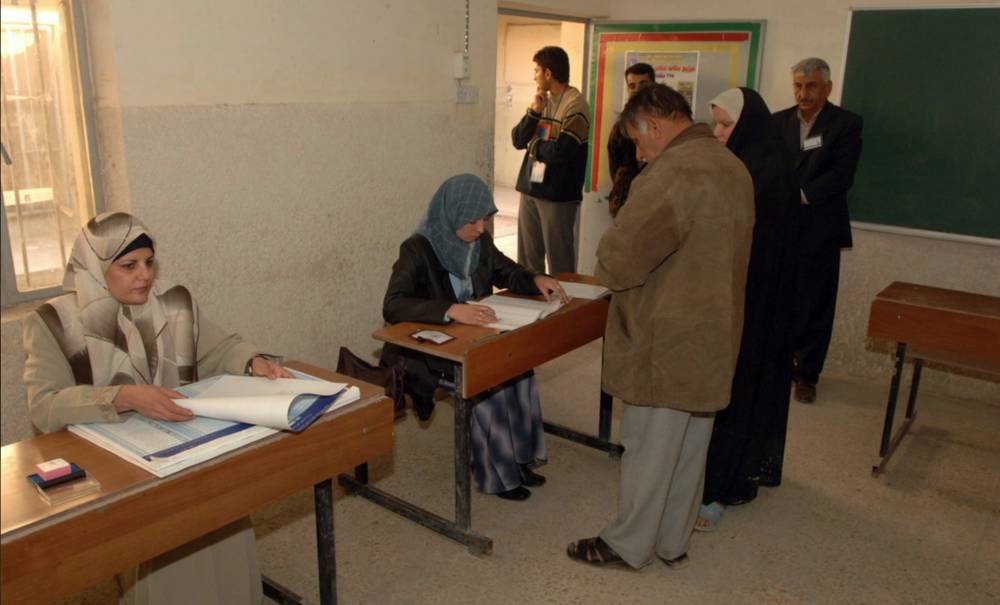
Abstract: Why do former belligerents institutionalize power-sharing arrangements after a civil war ends? The choice of power-sharing institutions shapes the nature of governance in many post-conflict settings. A better understanding of how belligerents come to choose institutionalized forms of power-sharing would thus help us explain how belligerents come to make a seemingly simple institutional choice that may have immense consequences. Existing scholarship emphasizes the nature of the conflict preceding negotiations, international actors, or state institutional capacity as critical factors for determining whether former belligerents will agree to share power or not. Yet these accounts overlook the importance of political considerations between and within ethnic groups. This article argues that elites create power-sharing institutions when the most significant threat to their political power comes from an outside group as opposed to from within their own group. That is, forward-looking and power-minded leaders of former belligerents push for the type of power-sharing at the negotiating table that affords them the greatest opportunity to influence country-level politics after the conflict has concluded in full. For elites facing competition from outside, this means securing power-sharing through institutional rules and guidelines in the settlement of the civil war to ensure that they are included in the governance of the state. By contrast, for elites fearing in-group rivals, complex governance institutions are at best unnecessary and, at worst, a significant concession to weaker opponents. I test the argument with a cross-national analysis of an original dataset of 186 power-sharing negotiations from 1945–2011. The empirical analysis suggests that elites are most likely to institutionalize power-sharing when no single ethnic group dominates politics and when most ethnic groups are unified. The quantitative analysis is complemented with illustrative examples from cases of power-sharing negotiations that offer insight into the proposed theoretical mechanisms.
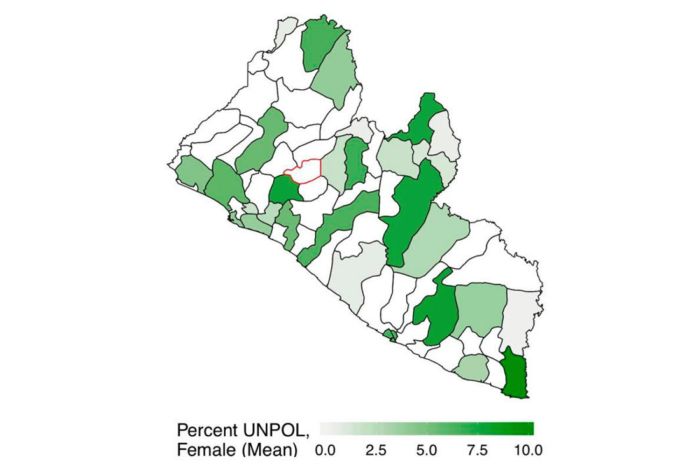
Abstract: This paper introduces the Robust Africa Deployments of Peacekeeping Operations (RADPKO) dataset, a new dataset of geocoded United Nations peacekeeping deployments. Drawing upon primary documents sourced directly from the UN covering 10 multidimensional peacekeeping operations from 1999 to 2018, RADPKO offers comprehensive monthly time-series data on UN peacekeeper deployment location by type, gender, and nationality. We describe the data collection in detail and discuss the cases and time periods missing from the data. We show that although the UN responds dynamically to conflict events in the field, deployments outside of population centres tend to be fairly homogeneous in regard to both nationality and gender. We use this data to empirically investigate the oft-posited link between deployment of peacekeepers and reductions in violence at the local level. We replicate and extend past studies but find that some previous findings are vulnerable to robustness checks, primarily due to data incompleteness. Our analysis suggests the importance of data collection transparency, management, and description to the quantitative study of peacekeeping. The data, updated annually, provides new opportunities for scholar conducting micro-level research on peacekeeping, conflict, development, governances, and related topics across subfields in Political science.
Access the RADPKO data portal for the latest version.
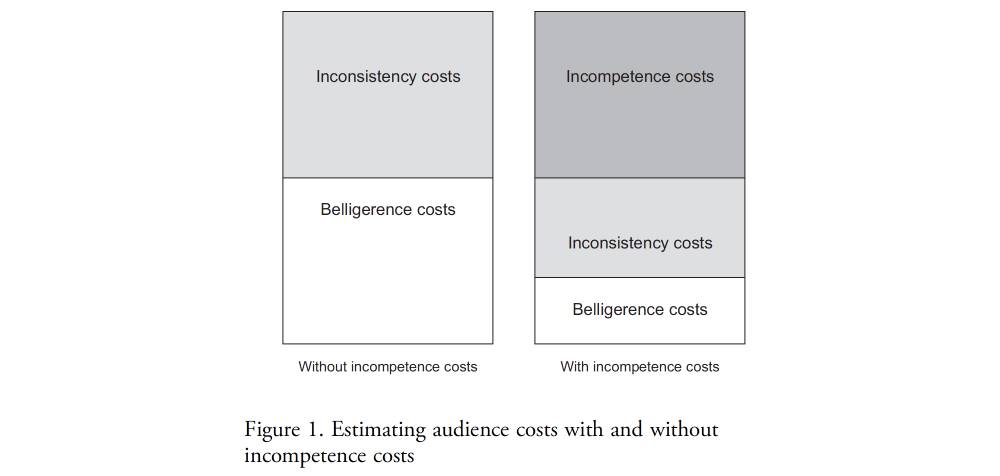
Abstract: Audience cost theory posits that concern over the nation’s reputation pushes voters to sanction leaders who make empty threats because they tarnish the nation’s honor. We question the empirical support for that theory. We show that survey vignettes in the previous experimental literature conflate audience costs generated by inconsistency and belligerence with approval losses arising from the perception that the leader is incompetent. These ‘incompetence costs’ are due to leaders not achieving audiences’ preferred outcomes. Our article contributes to the literature on audience costs by disentangling inconsistency and belligerence costs from incompetence costs, which we find are the larger component of audience costs. We also make a methodological contribution: we show that experimental designs in previous studies cannot test the different mechanisms; that previous estimates of audience costs are biased because treatments affect respondents’ beliefs about the likely outcome of policy actions; and we suggest a new experimental framework to estimate audience costs. Our results are consistent with arguments that audiences care more about policy outcomes than about leaders’ inconsistency or belligerence during a crisis.
Accompanying guest blog post in the Duck of Minerva.
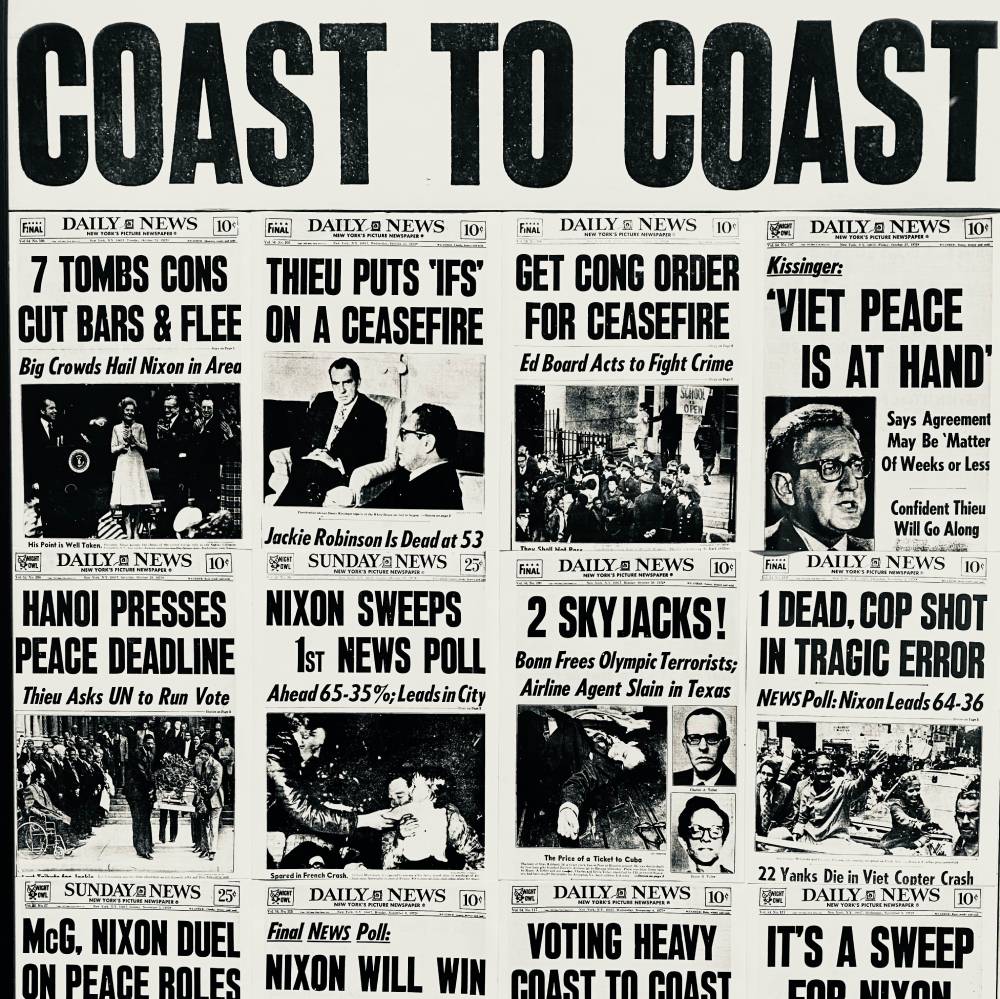
Abstract: How do approaching elections affect the security policy states conduct? We build on classic political economy arguments and theorize that one problem likely faced by democratic policy makers near elections is that of time inconsistency. The time-inconsistency problem arises when the costs and benefits of policy are not realized at the same time. We develop an application of the argument to the case of allied troop contributions to Operation Enduring Freedom and the International Security Assistance Force mission in Afghanistan. In that case, we argue that the expectation should be one of fewer troops committed close to elections. The exogenous timing of elections allows us to identify the effects of approaching elections on troop levels. Our finding of significantly lower troop contributions near elections is arguably the first identified effect of electoral proximity on security policy.

Abstract: Although Downes and Monten (2013) offer promising results in support of their hypotheses, two factors should make scholars skeptical of the conclusions drawn from their interpretation of the evidence. First, even though Downes and Monten duly explore the efficacy of varieties of FIRC, they omit the most critical analytical category related to the dependent variable. In evaluating the ability of FIRC to produce democracy, one should focus on cases of foreign-imposed democratization (FID) where the intervener intended to replace a nondemocratic regime with a democratic one. Second, the nature of FIRC operations has changed over time in ways unaccounted for by Downes and Monten. For historical and theoretical reasons outlined in this paper, FIRC carried out before World War I looks significantly different from FIRC carried out since 1918. A closer examination of the targets of FID after World War I reveals a fairly remarkable success rate: thirteen out of seventeen targets transitioned to consolidated democracies within ten years of the intervention (see table 1). Such a record should give us pause be fore concluding that FIRC has little or no independent effect on a state's democratization prospects.
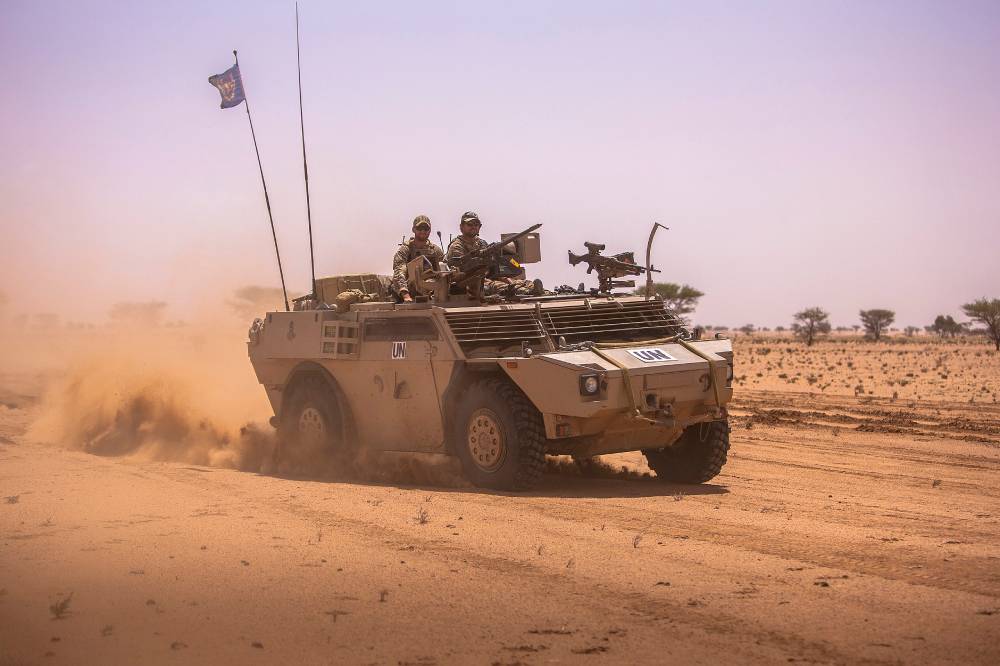
Abstract: Given the abundance of evidence that United Nations (UN) peacekeeping operations (PKOs) promote peace in conflict settings, we know remarkably little about what explains violence against peacekeepers themselves. We argue that armed groups target PKOs in response to peacekeepers’ interactions with civilians away from the battlefield. Contemporary PKOs function as surrogates for the state, providing civilians with governance and security in areas of limited statehood. Armed groups competing with the government for control over the local population thus target peacekeepers where their ability to gain civilian support is the greatest. Using cross-national data on attacks against UN peacekeepers deployed to Africa from 1999-2019, we find a robust relationship between the deployment of additional UN policing patrols and the targeting of peacekeepers. This pattern holds even when we account for possible selection bias that may arise from the deployment of police into certain areas. We investigate the causal mechanisms underlying this relationship with an in-depth statistical and qualitative case study of peacekeeper targeting in Mali, a critical case for understanding this type of violence. Our analysis reveals that armed groups attack UN PKOs in areas with frequent UN police patrols because UN police succeed in integrating themselves within the civilian population, gather information on the location of armed groups, and frustrate rebel governance.
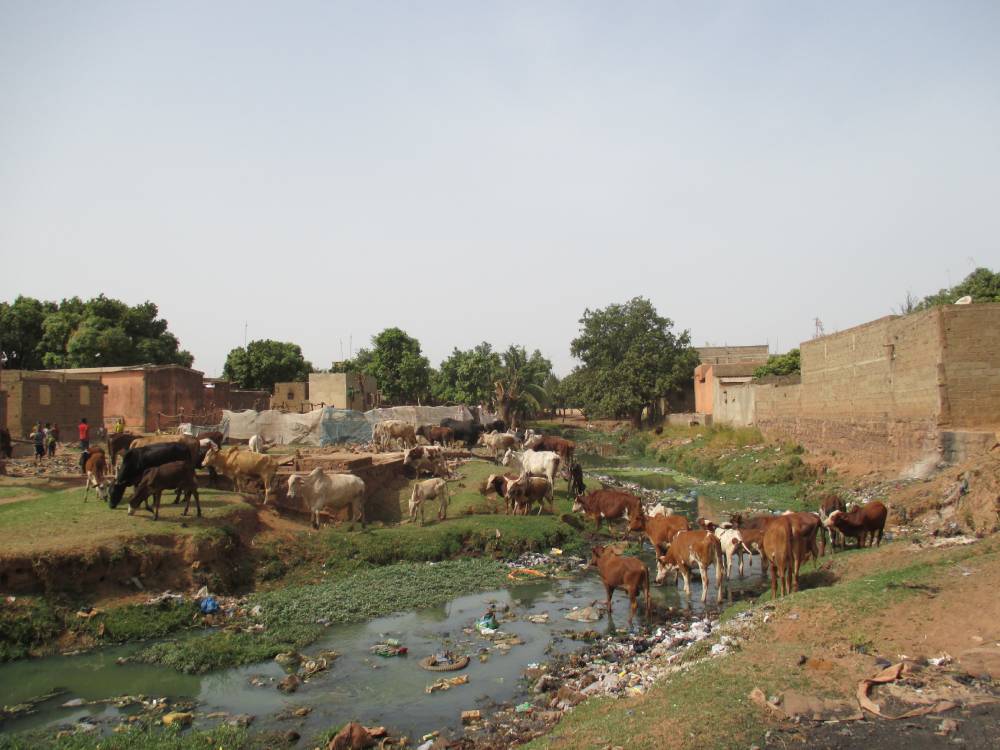
Abstract: Despite the abundance of evidence that UN peacekeepers limit armed group violence during and after civil wars, we know relatively little about the ability of these peacekeepers to contain more localized forms of violence between non-state actors. Given the rise in atrocities and mass displacements from communal violence across the African continent over the past few years, evaluating the effectiveness of peacekeeping at this level is a pressing concern. This article demonstrates that peacekeeping troops prevent the onset of communal violence. I use data from a survey experiment conducted in Mali to show that the likely explanation for the effectiveness of UN peacekeepers is that locals see them as impartial. I discuss the implications for understanding the effectiveness of UN peacekeepers from different cultural backgrounds. The paper concludes that UN peacekeepers may limit the outbreak of communal violence even in the most challenging settings.

Abstract: Although previous work has thoroughly examined the sources of legitimacy in areas of limited statehood, we know relatively little about the relationship between security perceptions and state legitimacy in post-conflict settings. Drawing on data from an original survey fielded with 2,000 respondents from Liberia, we show that whether locals feel safe explains a state’s legitimacy at the national and the sub-national level. We also demonstrate that explicit attribution of security to specific institutions is key for linking more effective security governance with more legitimacy. Our findings have significant implications for the design of security institutions and statebuilding in post-conflict settings.
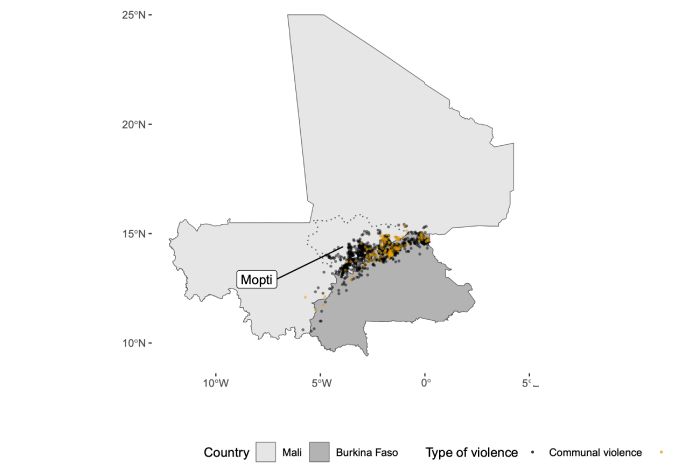
Abstract: Though a large body of research finds that UN peacekeeping operations promote peace, newer work calls this finding into question. We address this tension in the literature with a new theoretical framework that distinguishes between different forms of violence and a novel empirical strategy that can disentangle the causal effects of peacekeeping. Since intrastate wars tend to have many different armed actors, civilian as well as military victims, and varying repertoires of violence, understanding how peacekeeping works within a multifaceted, complex setting is a pressing concern. We argue that deploying peacekeepers to resolve one type of violence unintentionally causes outbreaks of other types of violence. To test our argument, we examine the case of Mali, the site of a robust, multidimensional UN peacekeeping operation as well as large-scale violence of all kinds since 2013. We employ a geographic regression discontinuity design around the border of Mali and Burkina Faso to estimate the causal effect of deploying peacekeepers to an area beset by violence. We find that UN peacekeeping reduces violence between armed groups as well as communal violence between civilians, but has no discernable impact on violence against civilians. Further tests suggest that the multinational composition of UN missions explains peacekeepers’ effectiveness when deployed to fragile settings.
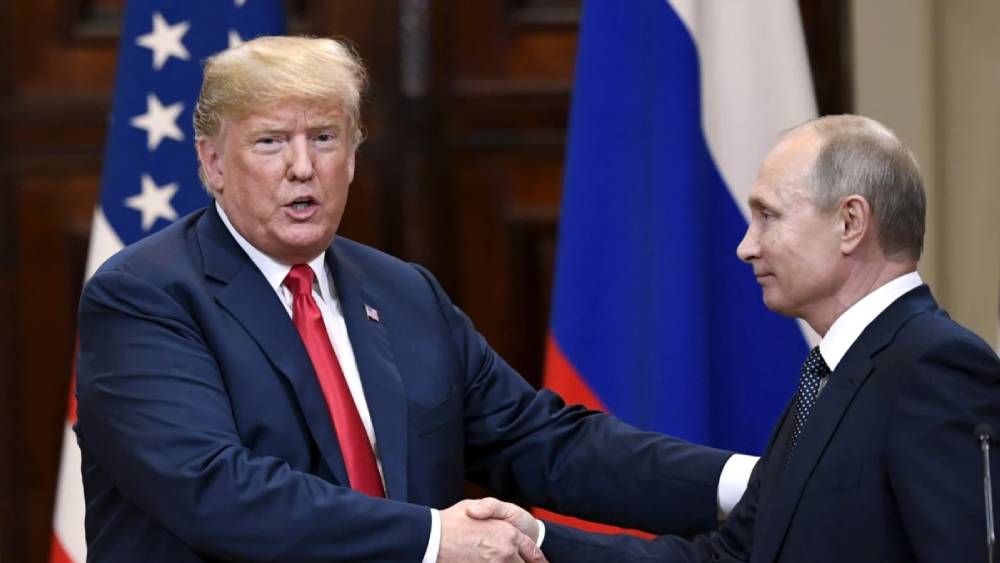
Abstract: Are voters as polarized as political leaders when it comes to foreign policy? The American policy response to Russia’s invasion of Ukraine has been largely bipartisan. But some voices on the right, including former President Donald Trump, initially offered praise for Russian president Vladimir Putin and a passive policym program. Has a partisan divide emerge in how voters think about the war in Ukraine? We address this question by analyzing a corpus of nearly 2 million tweets about the war in Ukraine posted by Americans from February 24 to 28. We categorize each tweet as conservative or liberal by looking at the network of political users each tweeter follows. Then, we apply a natural language processing (NLP) model to classify the tweets into 6,094 micro-topic and hand-code each of the micro-topics into 17 aggregate substantive topics. We find that the topic distributions among conservative and liberal users are substantively and statistically different. We find that conservatives are more likely than liberals to tweet support for Russia and less likely than liberals to tweet support for Ukraine. Our results suggest that this divergence is likely to due to the spread of misinformation among conservative social media and differing policy preferences between conservative and liberals.
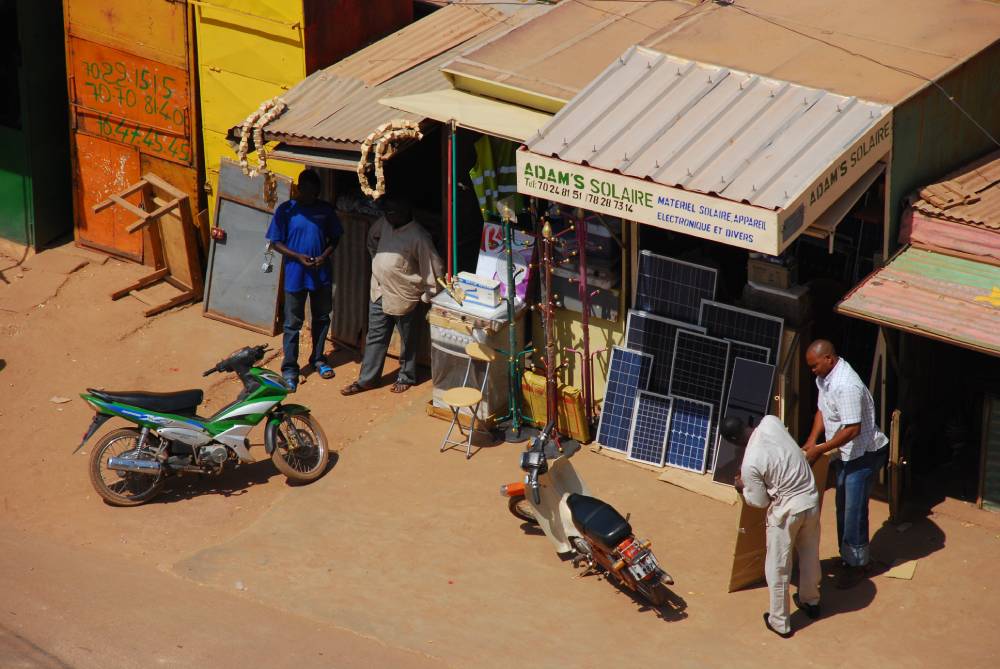
Abstract: Not yet available.

Abstract: Not yet available.

Abstract: Not yet available.

Abstract: Not yet available.
I have taught undergraduate courses on Climate Change and Conflict, Peacekeeping, Ethnic Conflict, and Quantitative Methods.
